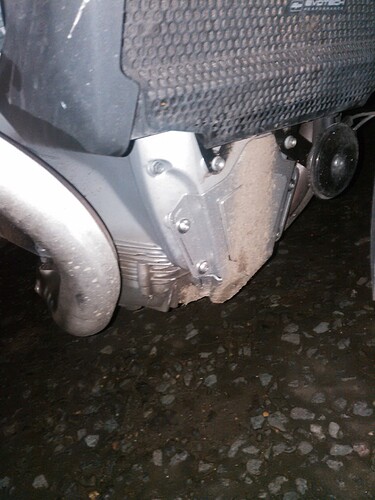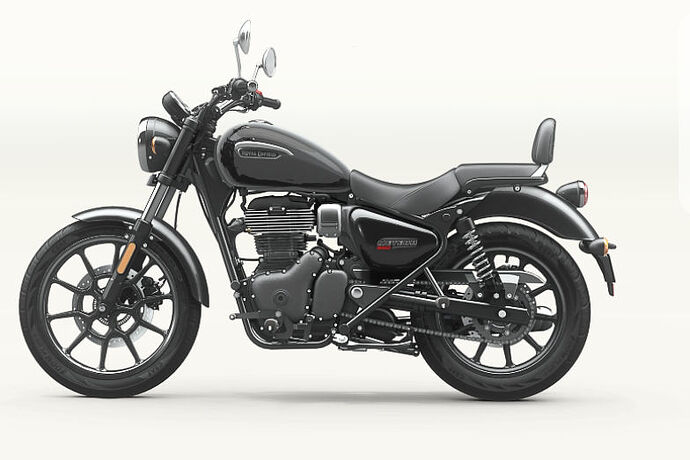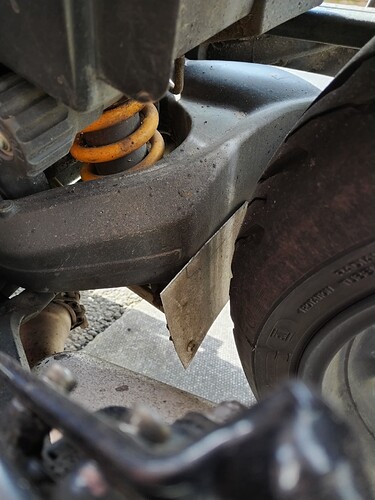Thank you, @andymay.
I am speaking from experience as I have both the engine guard and extender on my bike - the same ones you picture.
Your post is interesting because you have demonstrated why some products don’t work as well as they might. Along with the majority of owners, I can see that you place a high premium on looks, and in that respect you are willing to forego some functionality. That is exactly what most customers want, it seems, and I’m sure Pyramid know what types of products give them the most profits.
I’m different. For me, the functionality of a hugger, or an engine plate, is far more important. We are obviously different in what matters to us.
Let’s take a look at the engine guard plate you have photographed. I appreciate it was designed to meet your requirements, but from my point of view it leaves a lot to be desired. It leaves large areas upper left and upper right totally unprotected. Why would you do that? And for some unfathomable reason it has two slots in it which let dirt through. Why? The dirt accumulates behind the plate, unreachable by cloth or brush when cleaning.
And now look at the bottom of the plate: they’ve tapered it to a narrow point, such that large parts of the engine lower left and lower right are, once again, totally unprotected against the grit blast. Once again, why? This is the very bit that gets most heavily blasted.
To my mind it is unnecessarily compromised. And @andymay, this is NOT a reflection on you! You had the requirements, but Pyramid designed it, and in any case your requirements are different from mine. By the way, they seem to have stopped making the previous version, which provided much better protection, presumably because customers were put off by it’s looks.
The extra-long extender is better than the standard fender, but still too short. I agree it reduces the spray onto the radiator, but there is still too much, and it doesn’t reduce the spray onto the engine at all.
I wonder if you can see it from my point of view. I just want to buy two mudguards and an engine protector plate that actually work. I want to protect the back of the engine, swing arm pivots and more-expensive-than-gold Ohlin suspension units from being drenched in salt water and sand-blasted with road grit. Ditto the radiator and front of the engine. Of all the motorcyclists on the planet, am I the only one who wants to protect my bike against the elements?
I’m sorry if I sound frustrated, @andymay - it emphatically is not aimed at you! I genuinely appreciate your account of the choices you made.
Perhaps I really am alone in wanting a bike that doesn’t slowly-but-surely destroy itself when touring in winter or wet weather. Looks are important, but weather protection is more important, as far as I’m concerned. I would also suggest that fully effective protection could be removed for the summer months, and only refitted for the winter. That could be a fine compromise.
Edited because I’m worried my original rant might have made @andymay uncomfortable, which is the very last thing I would want. His input is extremely enlightening. I want to emphasise that none of this is personal or aimed at fellow riders. 


